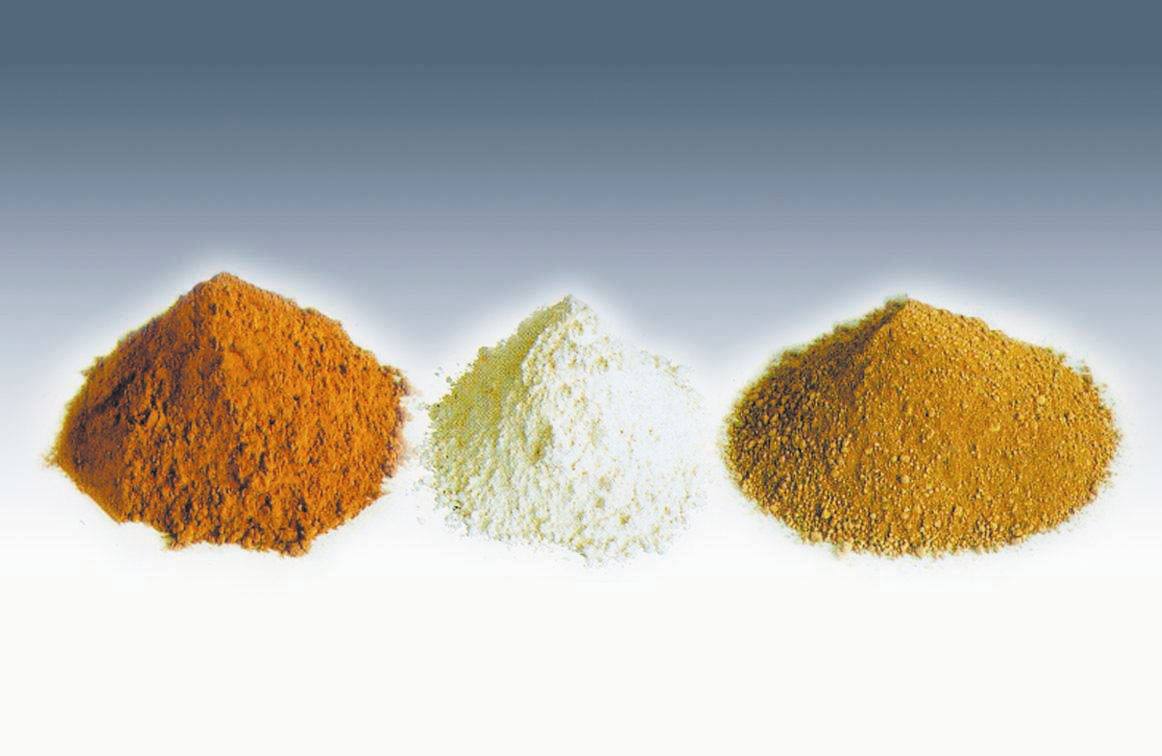The market price of rare earths still continues the two-tiered trend of light and heavy rare earth prices. It is worth noting that the decline in the price of praseodymium and neodymium has slowed down, and that of dysprosium and terbium has rebounded after a week of stabilization and consolidation.
In the first quarter of 2019, statistical reports of various industries were released one after another. The growth rate of the rare earth permanent magnet industry slowed down slightly year-on-year, and the output of catalysts dropped sharply year-on-year. In 2019, the downstream demand of the rare earth industry began to shrink. At the same time, judging from the rare earth import data in the first quarter, according to the calculation based on the proportion of praseodymium, neodymium, dysprosium and terbium and equivalent oxides, the supply of light rare earth praseodymium, neodymium and terbium maintained a slight increase (the imports of Malaysia and the United States increased year-on-year, and the supply of rare earths in Myanmar decreased), and the supply of heavy rare earths, dysprosium and terbium The overall reduction was significantly lower (Myanmar’s rare earth imports were lowered year-on-year, and the range of the month-on-month reduction was expanded). The supply and demand balance of light and heavy rare earths is divided.
As of April 12, the quotations of various types of rare earth oxides in the domestic market are: the market quotation of praseodymium and neodymium oxide (ex-factory tax included, cash remittance) is 265,000 yuan/ton~270,000 yuan/ton; the market quotation of neodymium oxide (ex-factory tax included , current remittance) is 278,000 yuan/ton to 283,000 yuan/ton; the market quotation for praseodymium oxide (ex-factory tax, current remittance) is 374,000 yuan/ton-379,000 yuan/ton; ) is 11,500 yuan/ton to 12,000 yuan/ton; the market quotation for cerium oxide (ex-factory tax included, cash exchange) is 11,500 yuan/ton-12,000 yuan/ton; the market quotation for dysprosium oxide (ex-factory tax included, cash exchange) is 1.48 million yuan/ton to 1.5 million yuan/ton; the market price of terbium oxide (ex-factory tax included, cash exchange) is 3.14 million yuan/ton-3.17 million yuan/ton; the market price of gadolinium oxide (ex-factory tax included, cash exchange) is 142,000 Yuan/ton~145,000 yuan/ton; the market price of holmium oxide (ex-factory tax included, cash remittance) is 325,000 yuan/ton~330,000 yuan/ton.

As of April 12, the quotations of major rare earth metal products in the domestic market are as follows: the market quotation of metal praseodymium and neodymium (ex-factory tax included, cash remittance) is 338,000 yuan/ton~343,000 yuan/ton; the metal neodymium market quotation (ex-factory tax included, Spot remittance) is 366,000 yuan/ton to 371,000 yuan/ton; the market quotation for metal cerium (ex-factory tax included, spot exchange) is 33,000 yuan/ton-35,000 yuan/ton; the market quotation for dysprosium iron (ex-factory tax included, spot exchange) 1.47 million yuan/ton~1.49 million yuan/ton; the market quotation of metal terbium (ex-factory tax included, cash exchange) is 4 million yuan/ton-4.05 million yuan/ton; the market quotation of gadolinium iron (ex-factory tax included, cash exchange) is 15.2 RMB 10,000/ton~155,000 RMB/ton; market price of holmium iron (ex-factory tax included, cash remittance) is 340,000 RMB/ton~350,000 RMB/ton.
A comprehensive analysis of the current price trend in the rare earth market shows that NdPr series products have fallen to this point, and the market has begun to report that companies have limited or stopped production, but no manufacturers have responded to this. In addition, NdPr products are currently hovering on the edge of cost, and companies have stopped production. The fixed operating loss is bound to be higher than the cost loss, and as the tax reform proceeds, there is still some room for the expected theoretical loss price. Coupled with the expansion of the oversupply of praseodymium and neodymium, the downward trend of praseodymium and neodymium is expected to be difficult to stop.
Dysprosium and terbium products experienced a slight downward adjustment in early April, and then returned to the level before the adjustment, and the transaction flow has picked up compared with the previous wave of gains. With the support of trading volume, the rise of dysprosium and terbium products is more substantial and reasonable. The news that Myanmar rare earth is expected to be closed again is more frequent, and there is great hope for another increase in the future.
Gadolinium-holmium-based products did not take advantage of the rise in dysprosium and terbium to remain stable. The role of gadolinium iron and holmium iron is to replace part of the neodymium in the rare earth permanent magnet, to stabilize the remanence and reduce the cost at the expense of part of the coercive force within a reasonable range. With the decline of praseodymium and neodymium metals and the increase of gadolinium and holmium products, the replacement of neodymium by gadolinium holmium alloy has lost the effect of reducing costs, and the coercive force performance is not as good as increasing the proportion of neodymium. With the price imbalance of alternative products, gadolinium-holmium products have also reached the highest price point allowed by their cost performance.



